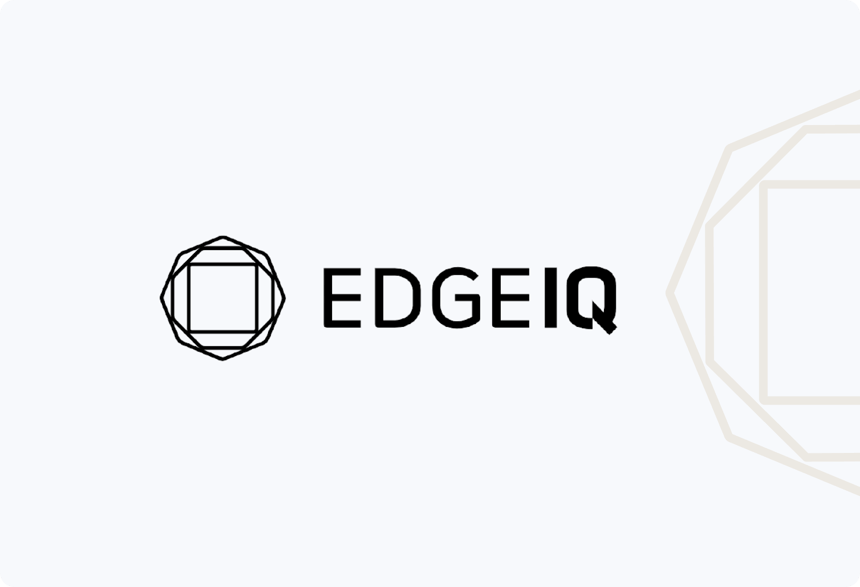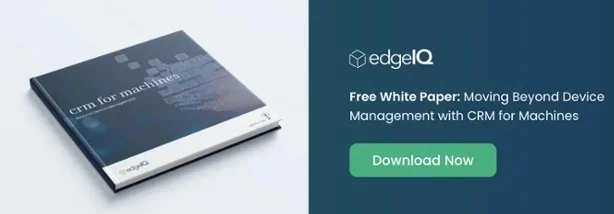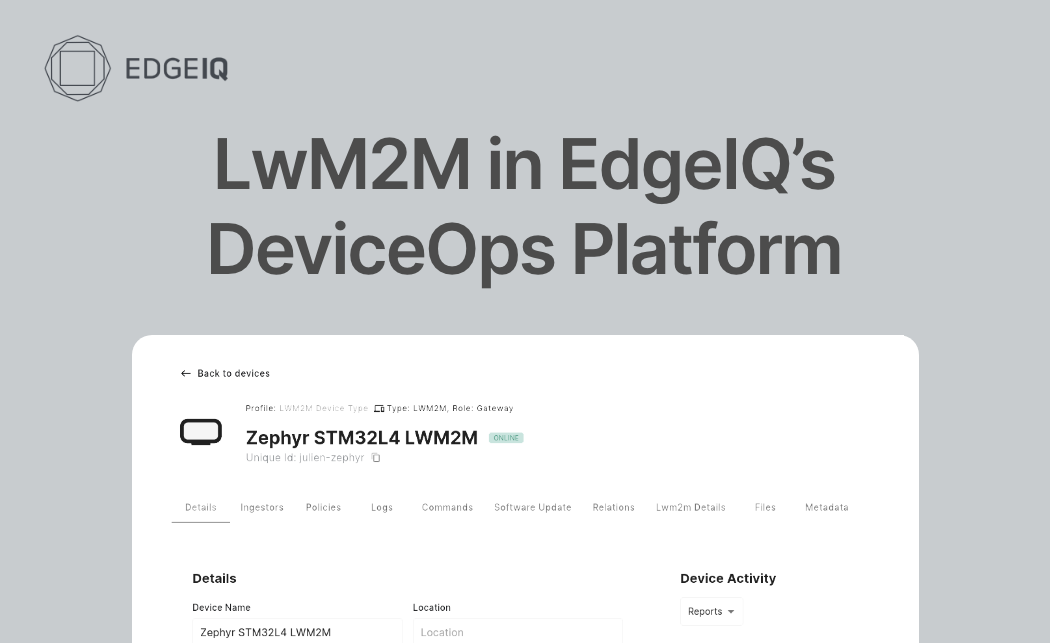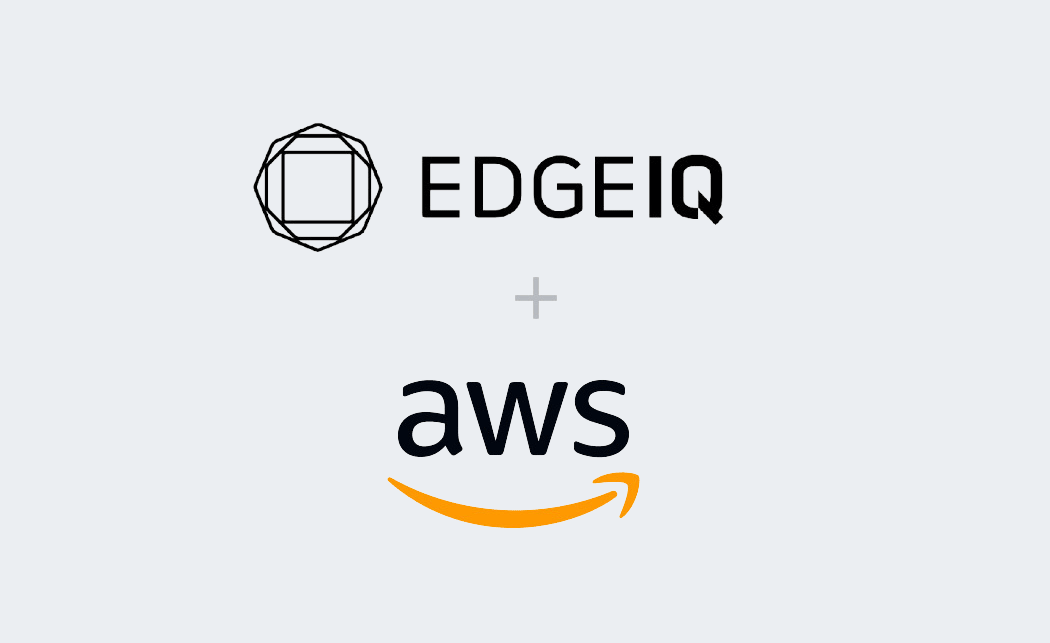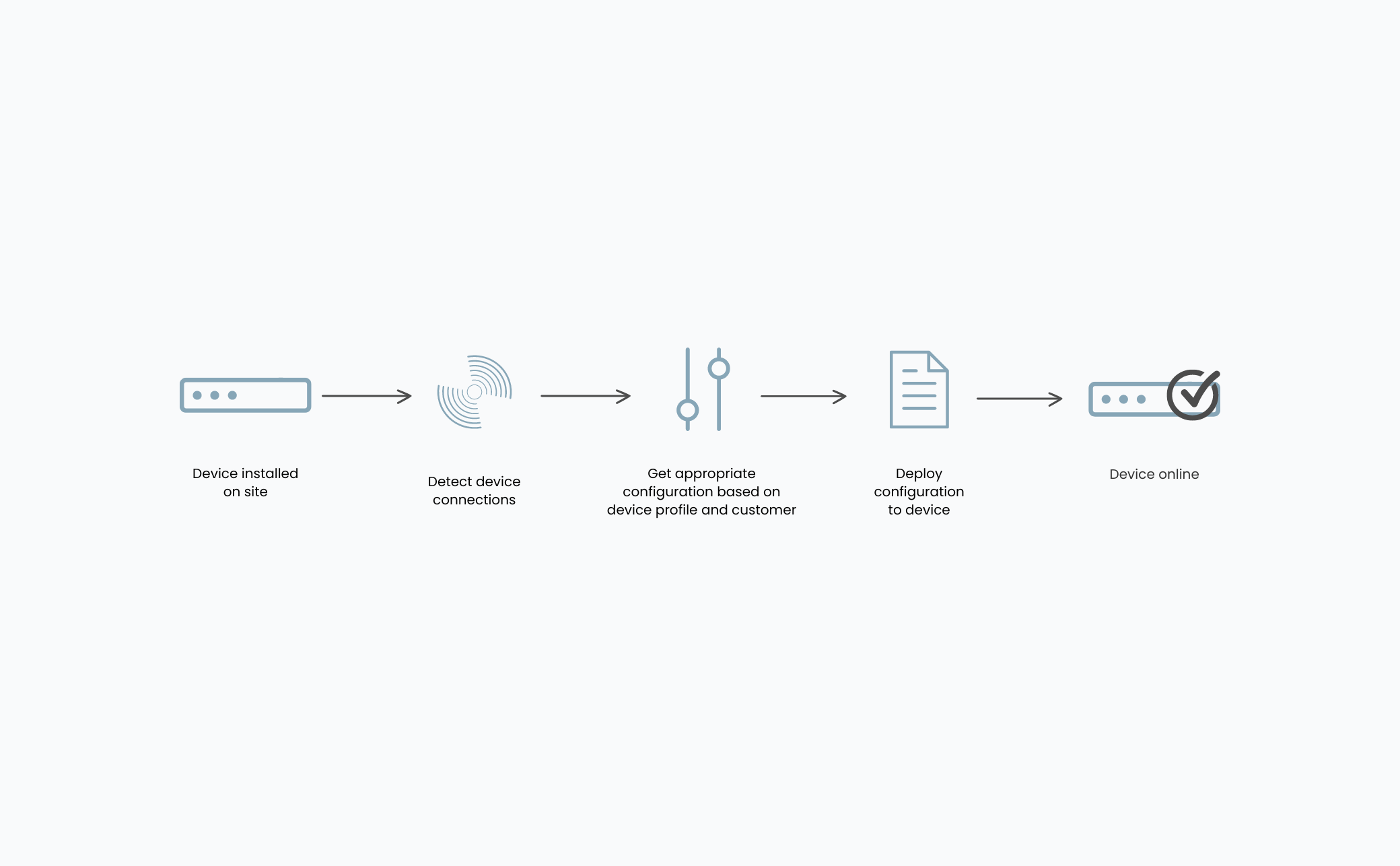Only 25 years ago, most businesses relied on spreadsheets (or a rolodex) for the entire sales process. From key contacts, to prospects, deal statuses, and more - we stored everything in these tools. Some larger companies used Siebel or another similar legacy CRM vendor. However, these tools were only available to the few large companies that could afford it.
Then in 1999, a little company called Salesforce emerged. Over a few short years, Salesforce democratized Sales Force Automation (SFA). They did this by cloud-enabling important sales data and adding workflow automation to sales lifecycle management. And their product cost a fraction of what larger established companies were charging.
It didn't take long for SFA to evolve into Customer Relationship Management (CRM). In 2017, CRM software became the largest category of software in the world. Adding two more pillars, marketing automation and customer service capabilities, allowed companies like Salesforce to evolve into this broader platform business. Today, Salesforce continues to leads the category - and not just because of its size. Instead, Salesforce leads by embodying the entire value chain of the customer lifecycle and its adjacencies. Salesforce continues to add more capabilities, but always keeps the customer at the epicenter of all its products.
With simple, affordable CRM at their tooltips, organizations could move beyond antiquated methods. Spreadsheets and homegrown software became the way of the past. The benefits for doing so went beyond the cloud and automation. CRM enables customer and prospect data to be visualized and analyzed with AI and ML tools. Insights that would have been unimaginable ten years ago are available to everyone.
Now, can you imagine anyone building their own in-house platform for CRM, marketing automation, or data analytics? Your leadership wouldn’t just laugh at you for rolling your own systems, they’d show you the door.
So why are you still building your own connected device platform service? There is a better option than building your own connected device management software for cataloging, provisioning, monitoring, managing, and integrating connected products and systems. Introducing: CRM for Machines.
CRM for Machines: A New Way of Managing Connected Devices
The technology stack of a connected device used to be fairly simple, composed of:
- An operating system,
- Some device-specific firmware,
- A connectivity module,
- And something on the backend, frequently in the cloud or on prem data center
- A limited number of internal stakeholders accessed the device remotely and consumed its data.
As a result, the embedded software team was more than capable. It had the time to work on the infrastructure that connected the device and its firmware to some remote application. Today, that has changed, dramatically.
The Challenges of Connected Device Management in 2021
Billions of physical products are now connected, many to the Internet. They represent the most important node in the edge computing value chain and the very epicenter of your business as a product manufacturer. The scale and complexity of the new technology stack has grown substantially. As a result, managing this stack is often beyond the skill set and available time resources of most organizations. This isn’t a knock on the intelligence of embedded software engineers, just the opposite. The skills and experience of writing embedded software is very different than software for integrating device into cloud services, writing orchestration and automation systems, etc. Your customers demand you to ship new products more frequently with more features. Do you really want your embedded specialists writing tools for auditing a remote software update?
It is just like the inflection point of companies that turned to SFA and CRM platforms 20 years ago.
Connected product companies need purpose-built, best in class software capabilities to manage and orchestrate the deployment, monitoring, management, and integration of connected devices and their data. This is CRM for Machines.
The Core Pillars of a CRM for Machines
So what is actually done by an Operating Platform for Connected Products - or CRM for Machines? Here is a brief summary.
1. Device Operations
Device Operations (DeviceOps) is the foundational layer. Think of it almost as the sales force automation layer. DeviceOps is the set of capabilities that marry the product with the operational elements of deploying, monitoring, updating and decommissioning devices. It becomes the single source of truth for your device inventory, including:
- Their standard configurations,
- Whether they are live yet,
- If they have received software updates,
- What accounts they are associated with,
- As well as third party distribution and support partners associated with the accounts and devices.
2. Data Orchestration
There is so much important information about and coming from connected products. And, there are so many stakeholders that need access to data and events. The challenge is that devices don’t speak human languages - not very clearly anyway. To optimize network consumption, device data is expressed in formats that require ingestion, translation and normalization before anything can be done with it. Once those steps are completed, organizations must decide how much data to actually send from the data to the cloud, which clouds, who gets access and who has control? Data orchestration is not merely a single pipe from the device over a network to a cloud. It’s complicated and has important implications for product makers and users.
3. Service and Workflow Automation
A key element of an Operating Platform for Connected Products is that it acts as a management and orchestration layer above the device, its firmware and operating system. Service and workflow automation allows users to do things like:
- Create policies that apply to devices in a particular account,
- Respond to events detected with network connectivity,
- Automate a data federation task with a cloud application,
- And much more.
4. Device Analytics
The value of the new technology stack is the ability to understand your connected products in a way that was never possible before. Product managers can finally garner key insights, such as:
- How devices are being used,
- What features are most important,
- Where are there performance issues,
- And how to optimize network connectivity.
On the customer’s side, device analytics provides valuable insights into the world of their operations and the environment where products and systems are deployed.
5. Device Monetization
Nowhere is the Operating Platform for Connected Products more valuable than the ability to create new revenue streams and entirely new business models. Industry analysts have been talking about the ‘Device as a Service’ business model for years. But there has never been a way to implement this concept.
You cannot monetize what you cannot manage. Now, the tools are finally available that allow organizations to tie feature availability, device data analytics and premium support models to devices as digital things as well as physical things.
CRM for Machines: Innovation Not Infrastructure.
For companies making physical products, digital transformation simultaneously presents massive opportunities and challenges. In other industries, companies are optimizing existing digital products and services. Whereas, connected product companies are literally turning hardware into software and data.
This is happening while there is still enormous pressure to produce better, more competitive products with the highest financial return. Organizations that invest in innovation, instead of infrastructure, will prevail. Those who leverage purpose-built, best in class technology to support their product and business innovation are those that will dominate their markets - for decades to come. The rest will be relegated to Wikipedia pages of companies who failed to cross the chasm.
